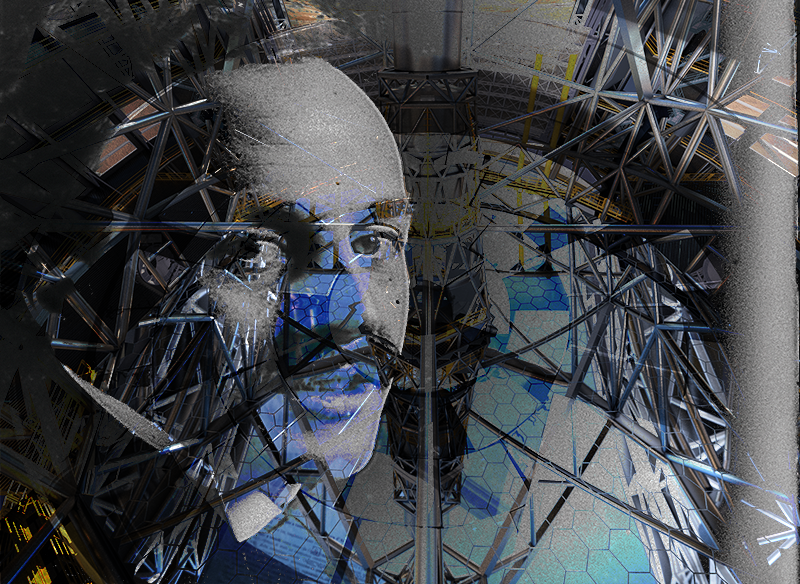The history of an Italian international leader in Astronomy Sciences and technologies

Next November 10th at the Osservatorio Astronomico di Catania, on the slopes of Mount Etna, the prototype ASTRI – precursor of CTA, future array of Cherenkov telescopes – will be titled to the Italian astronomer Guido Horn d’Arturo, in order to honor his figure as the creator of the “segmented mirror”.
The Italian astronomer Guido Horn d’Arturo, in the 30s, revolutionized the development of modern astronomy with the use of a tessellated mosaic in place of monolithic mirrors, in order to create big telescopes, foretelling in 1960 this technique for future “Giant Telescopes” (such as ELT, GMT, TMT).
In Italy, ASTRI (Astrophysics with Italian Replicating Technology Mirrors) is an example of a telescope with a segmented mirror, a MIUR project (Ministry of Education, University and Research) led by INAF (National Institute of Astrophysics) and realized by the Consortium, consisting of EIE GROUP and Galbiati Group.
The first prototype of ASTRI was inaugurated on September 24th, 2014 at Serra La Nave, at the Astronomical Observatory of Catania.
The event, organized by INAF and SAIT (Italian Astronomical Society), will be preceded on 9th November at the Benedictine Monastery by the Exhibition “Gli Astri di Horn”, realized by the Jewish Museum in Bologna, in collaboration with the universities of Bologna and Catania.
ASTRI CTA is the first double reflection Cherenkov in a Schwarzschild-Couder configuration with a primary mirror consisting of 18 segments for a diameter of about 4m, a secondary monolithic mirror of 1.8m and some silicon sensors to obtain observations of the Cherenkov light flashes produced by the interaction between photons and atmosphere.
During the event the celebratory volume dedicated to Horn, edited by EIE Cultūra in collaboration with INAF and entitled “Guido Horn d’Arturo and the Giant Telescopes”, will be presented.